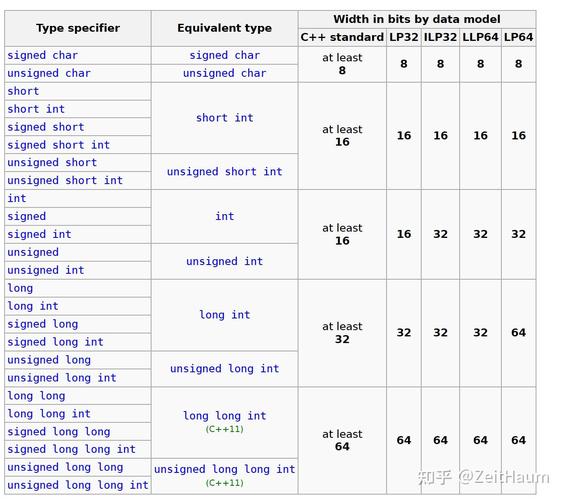
The 64-bit Integer Limit: A Comprehensive Overview
Understanding the 64-bit integer limit is crucial for anyone working with large datasets or developing software that requires handling vast amounts of data. In this article, we delve into the intricacies of 64-bit integers, exploring their capabilities, limitations, and real-world applications.
What is a 64-bit Integer?
A 64-bit integer is a data type that can store a value ranging from -2^63 to 2^63 – 1, which equates to a maximum of 9,223,372,036,854,775,807. This vast range makes 64-bit integers suitable for applications that require a high degree of precision and the ability to handle large numbers.

Why Use 64-bit Integers?
There are several reasons why you might choose to use 64-bit integers over their 32-bit counterparts:
-
Increased Range: As mentioned earlier, 64-bit integers offer a significantly larger range of values, making them ideal for applications that require handling large datasets or performing calculations with vast numbers.
-
Higher Precision: 64-bit integers provide more precision when performing arithmetic operations, which is crucial for applications that require accurate calculations.
-
Compatibility: Many modern programming languages and platforms support 64-bit integers, ensuring that your code will be compatible with a wide range of systems.
Limitations of 64-bit Integers
While 64-bit integers offer numerous advantages, they also come with certain limitations:
-
Increased Memory Usage: Storing 64-bit integers requires more memory than 32-bit integers, which can be a concern for applications with limited resources.
-
Performance Overhead: Working with 64-bit integers can be slower than working with 32-bit integers, especially in scenarios where the larger range is not necessary.
-
Compatibility Issues: Some older systems and programming languages may not support 64-bit integers, which can lead to compatibility issues.
Real-World Applications
64-bit integers are widely used in various real-world applications, including:
-
Big Data: 64-bit integers are essential for handling large datasets in big data applications, such as data analytics and machine learning.
-
Scientific Computing: High-precision calculations in scientific research often require the use of 64-bit integers.
-
Graphics and Animation: 64-bit integers are used in graphics and animation applications to handle large coordinate systems and complex calculations.
-
Financial Systems: 64-bit integers are crucial for financial systems that require precise calculations and the ability to handle large numbers.
Comparison of 32-bit and 64-bit Integers
Below is a table comparing the key characteristics of 32-bit and 64-bit integers:
| Characteristic | 32-bit Integer | 64-bit Integer |
|---|---|---|
| Range | -2^31 to 2^31 – 1 | -2^63 to 2^63 – 1 |
| Size | 4 bytes | 8 bytes |
| Memory Usage | Smaller | Larger |
| Performance | Generally faster | May be slower |
Conclusion
In conclusion, the 64-bit integer limit offers a wide range of benefits, including increased range, higher precision, and compatibility with modern systems. However, it also comes with certain limitations, such as increased memory usage and potential performance overhead. Understanding these factors is crucial for developers and data scientists working with




